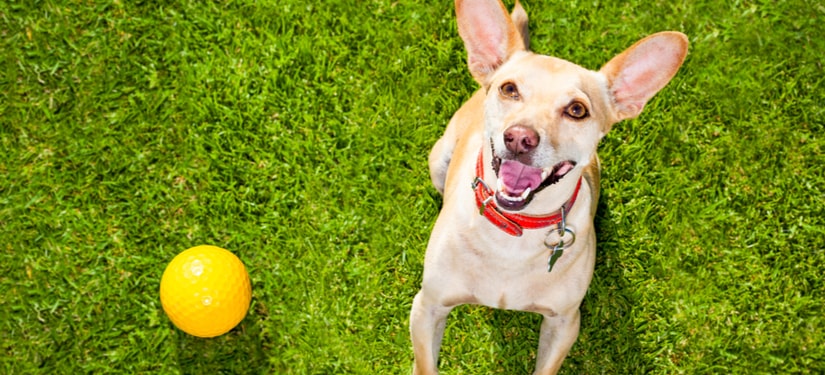5 Helpful Tips in Teaching Fetch to your Dog

Contents
For most dog lovers and owners, playing Fetch with our dog seems like a dream come true. It’s fun, it’s light, and it’s easy to perform with your dog since he or she would mostly do all the work.
However, teaching them how to do it can be difficult and tedious depending on your dog’s ability to catch up to your training. Contrary to what Hollywood had us believe, not all dogs are naturally inclined to do fetching and retrieval operations, although some breeds were naturally inclined to do so.
Like any other complex activities, Fetch is taught by breaking it down into tiny manageable chunks then demonstrating each one to your pooch. Most dog trainers follow a specific formula, but an excellent one knows how to play it by ear or to individualize a method that would suit each pooch that comes under their care.
In this article, we would not teach you how to do it, but what can help you do it successfully. If you are planning to teach your dog how to fetch or are currently training him how to do it, these tips can help you in one way or another.
Pick an appropriate dog toy.
Some dog owners use a specific toy that is their dog’s favorite regardless of what type it is-chew, plush, or even tug toys are utilized. A few of them also pick human toys like tennis balls and Frisbees as playthings their pooch would catch mid-air.
However, some vets discourage the act of using a random toy, especially human toys because it can cause injuries. For example, catching a Frisbee mid-air can hurt or damage his hind legs and spine because of the impact brought by falling on the floor. Unlike cats, a dog’s limbs are not equipped enough to jump down from high places.
If given the wrong size, a regular tennis ball can choke or damage jaws and oral cavities when bitten wrongly. Some manufacturers also use materials in these balls that can potentially harm your dog when swallowed.
Despite the warnings, it doesn’t mean that they discourage the use of these toys altogether. Most pet companies offer a vast selection of safer alternatives. To know what to consider when choosing dog toys, click here.
Test where he’s at.
As previously mentioned, some dog breeds can naturally do the Fetch, while others have no inkling what it is. To know where your dog is at, test him or her by throwing one of his toys a few feet away from you (If you already bought a specific toy for playing Fetch, use it ONLY after introducing it to him.).
Watch his reaction. It can boil down to four:
- He completely ignores it and watches you curiously (“Why throw my toy?”);
- He approaches the toy but does nothing to it aside from staring;
- He approaches it and bites or plays with it;
- He approaches it, and grabs said toy with his or her teeth then brings it back to you.
Knowing where he’s at when it comes to his “fetch” capability can aid in your training. Instead of starting from scratch, you can build on what he already knows about it.
Keep the lessons short and sweet.
In training your dog, positive associations is essential to ensure that he or she is enthusiastic to learn more. Two ways to do it is by keeping the training sessions for no more than ten minutes and by giving immediate rewards for each good deed. This prize can depend on what your dog loves. Treats, a special gift, or a simple touch can motivate him to continue the training with you.
Patience, patience, patience.
Learning capabilities may vary from one human to another. Same thing with dogs. Teaching your dog new tricks, especially the complex ones like Fetch, requires a long deal of understanding from you. In fact, your response to his or her mistakes can make or break his enthusiasm to learn what you are teaching him.
Enough is enough.
This sentence is not just some random lyric. Like humans, dogs have their physical limits-Yes, even the most active and energetic of dogs. To avoid instilling boredom and burnout from your dog, stop the Fetch when he or she is on the verge of wanting more of it. Despite those goo-goo eyes, halting playtime while he or she still wants to play can make him look forward to each day you play Fetch.
These tips are not only helpful every time you teach your dog how to play Fetch but also in every training sessions you would have in the future. Remember to make every minute of it pleasurable and fun so that your four-legged friend would continue to look forward to learning new skills.
